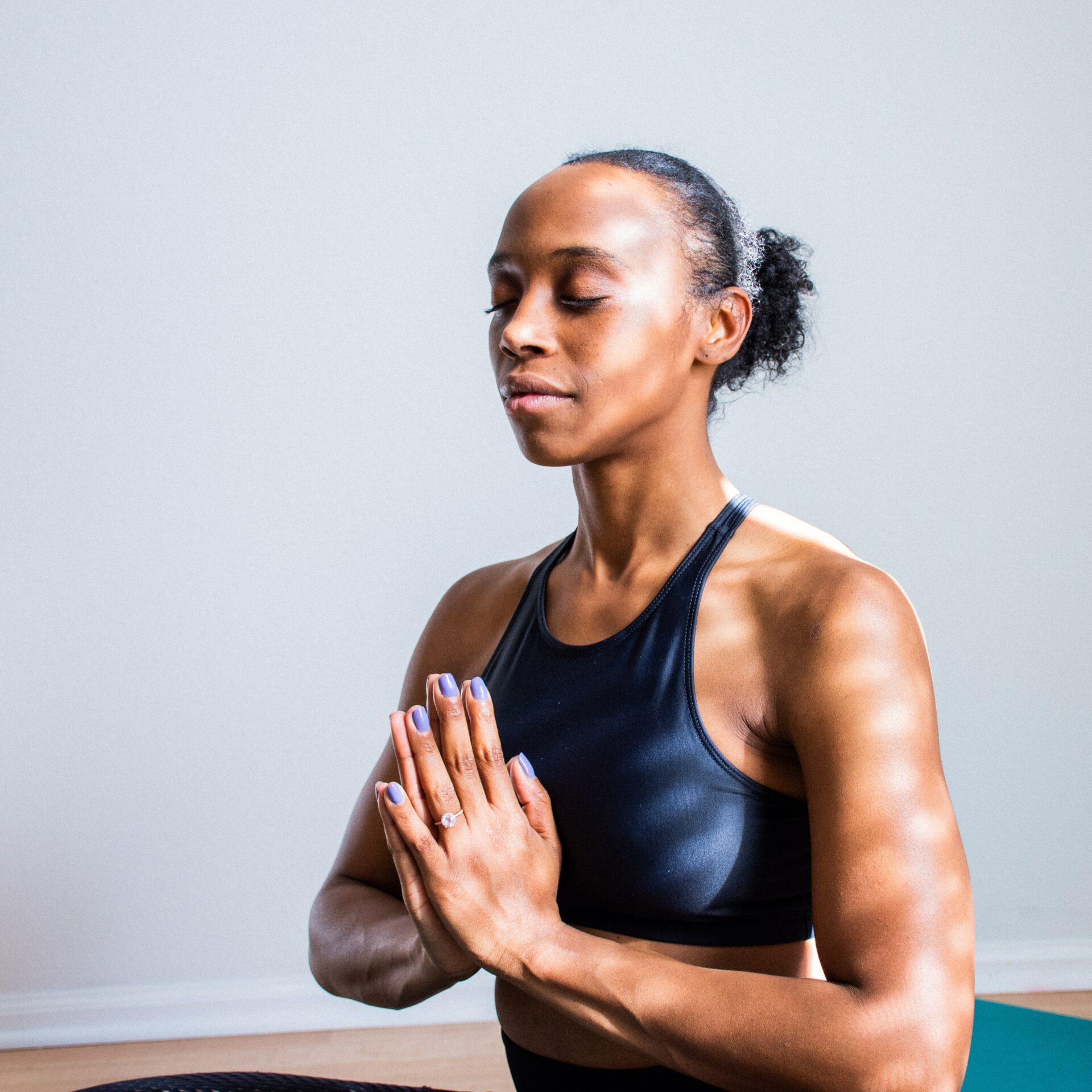
NourishDoc doesn’t provide medical advice, diagnosis, treatment, or prescriptions. Read our terms of use, privacy & medical disclaimer for more info
A lady in her mid-thirties, with a 20-year history of migraine, approached Vaidya Balendu Prakash, in 1985. At that time, Prakash who had experience treating other disorders was quite reluctant–he had never treated a case of migraine before–and therefore, refused. But on repeated requests from the patient, he agreed to examine her, similar to any other visiting patient. On examining the lady’s pulse (naadi parikshan), a bemused Prakash found the lady with a pitta dominant pulse, besides showing symptoms of tenderness in right hypochondrium region of gallbladder, on deep palpation. Instantly, he could correlate the clinical symptoms of migraine with Shleshma pitta and a striking resemblance in the symptoms or factors that aggravate shleshma pitta. For example, surya tap (exposure to sun), anidra (lack of sleep), bhraman (travelling), atishan (intermittent eating), anshan (long gap of eating), krodh (anger), tanav (stress), chinta (anxiety) etc. Similarly, gurupaki and vidhai food items (food that takes longer to digest), reheated food, fried food, red meat, egg, cheese and overeating leads to indigestion with symptoms of nausea/vomiting, fatigue, phonophobia and photophobia. These symptoms are also described in classical Ayurvedic texts in patients suffering with pittavritaudanvayu, an avaran dosha. Besides this strong correlation, Shiro ruja (headache), in Ayurveda has been described as one of the symptoms of Shleshma pitta.
/ target=”_blank”>Ayurvedic treatment for migraine headaches
Based on these observations, this is how Vaidya Balendu Prakash, began treating the lady using a combination of four classical Ayurvedic formulations (Narikel Lavan, Numax*, Rason Vati, and Godanti Mishran), derived from Rasa Shastra, one of the eight specialties of Ayurveda. In the treatment designed by Prakash, besides medicines, special emphasis was laid on diet and lifestyle–a 1600 calorie-rich balanced diet, divided into three meals and snacks–and eight hours of sound sleep.
The lady recovered miraculously within a short period and remained disease-free, thereafter. After this incidental recovery, the same treatment protocol was followed in other cases of migraine and proved its empirical efficacy.
To validate the efficacy of this ATP, in collaboration with ayurvedic pharmaceutical giant, Dabur, and Chandigarh-based Dhanwantari Ayurvedic College, a study was carried out from June 2002 to December 2004, with 90 days follow up. The results of this study showed that ATP brought significant (p<0.05) reduction in frequency, pain intensity (VAS), associated symptoms, headache days, and MIDAS score. While the results of this study were presented at the 16th Migraine Trust International Symposium, London, September 2006, an abstract was published in Cephalalgia.
*Combination of two classical ayurvedic formulations, Sootshekhar ras, and Sitopaladi churna
Following its validation, in 2005, six participating doctors from different parts of Karnataka joined hands to see if the same ATP could bring relief in patients. They received in-house training at Padaav, Dehradun under Vaidya Balendu Prakash before the study commenced. The data was collated and presented in form of a poster at the 13th International Congress on Headache, Sweden in June 2007. An abstract of this was published in Cephalalgia.
In 2007, a similar study was carried at different centers in Karnataka. The results of this study were presented at the 52nd Meeting of the American Headache Society, the USA in June 2010 and an abstract was published in Headache.
Post success of this running model, several other doctors joined hands and similar results were replicated. This further substantiated the efficacy of the treatment protocol. Two peer-reviewed research articles have been published in two international journals:
Response to Ayurvedic therapy in the treatment of migraine without aura, and Case studies on prophylactic ayurvedic therapy in migraine patients
As years progressed, significant studies were undertaken in collaboration with Mumbai-based Ipca Laboratories Limited. The Ayurvedic formulations used in the treatment of migraine were subjected to acute (96 hrs.), sub-acute (28 days), and subchronic (210 days) toxicology studies following OECD guidelines at the Bombay College of Pharmacy. The study shows that these formulations are absolutely safe at up to ten times the doses given in human beings. The findings of this study were published in 2010 in a scientific journal International Journal of Toxicology & Pharmaceutical Research.
All these developments, eventually, led to a clinical trial at India’s leading medical school, All India Institute of Medical Sciences in New Delhi. The project entitled ‘Randomized controlled clinical trial to evaluate prophylactic properties of the ayurvedic treatment protocol in refractory and chronic migraine patients began in April 2012, under the supervision of Prof (Dr) Manjari Tripathi, Department of Neurology, AIIMS, New Delhi and Prof (Dr) A. K. Mahapatra, Department of Neurosurgery, AIIMS, New Delhi.
After fulfilling all requisite formalities this project got an ethical and administrative nod from the research wing of AIIMS. This is how a clinical trial–first of its kind–gained momentum. The outcome of this study suggests that the stated ATP has a significant and sustainable effect on the prevention of Migraine.
In the interim, a parallel study was led by Prof Dr. Y. K. Gupta, Department of Pharmacology, AIIMS, New Delhi. The effects of the Ayurvedic formulations were evaluated alone and in combination for general CNS activity, effects on hemodynamic and general behavioral parameters, analgesic, anti-inflammatory, anti-histaminic, and Anti-5-HT effects. The formulations did not show any effect on any force parameter neither in individual nor combined form.

NourishDoc doesn’t provide medical advice, diagnosis, treatment, or prescriptions. Read our terms of use, privacy & medical disclaimer for more info

This website uses cookies so that we can provide you with the best user experience possible. Cookie information is stored in your browser and performs functions such as recognising you when you return to our website and helping our team to understand which sections of the website you find most interesting and useful.
Strictly Necessary Cookie should be enabled at all times so that we can save your preferences for cookie settings.
If you disable this cookie, we will not be able to save your preferences. This means that every time you visit this website you will need to enable or disable cookies again.